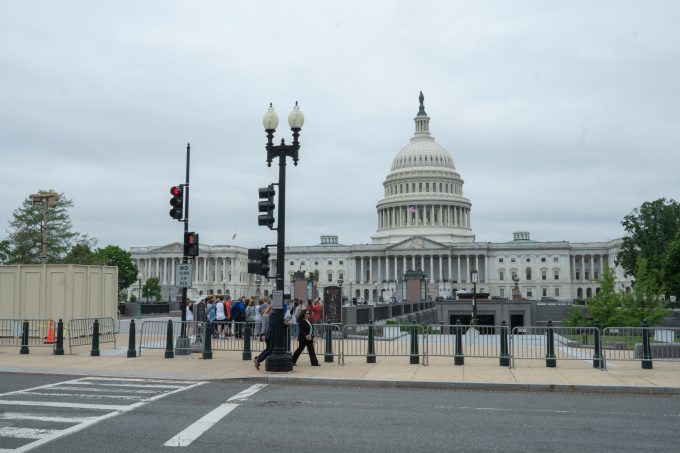The crypto market reversed direction after Bitcoin (BTC) briefly surged past $111,000, signaling a shift in sentiment as macroeconomic pressures and whale behavior dominated investor focus. The move highlights the market’s sensitivity to global risk appetite and institutional flows, with traders increasingly cautious after weeks of high volatility.
Market Reaction
Bitcoin reached a November high of around $111,129 before retreating toward the $107,000 level. Over the past 24 hours, the global cryptocurrency market capitalization slipped roughly 3 percent to $3.69 trillion, as BTC declined by about 2.3 percent to trade near $107,900, while Ethereum (ETH) dropped 3.7 percent to around $3,750. On-chain data shows that approximately $334 million in long positions were liquidated in a single day, reflecting the high leverage across derivatives markets. Technically, Bitcoin continues to face resistance near its 21-week exponential moving average (EMA) around $111,200—a key level analysts say must be reclaimed to confirm a sustained uptrend. The broader takeaway for investors is that momentum remains fragile and strongly dependent on both macro stability and continued institutional demand.
Institutional Demand and Whale Activity
Institutional interest in Bitcoin remains visible but slower compared with earlier months. MicroStrategy’s subsidiary, Strategy, announced the purchase of 397 BTC worth about $45 million at an average price near $114,700 per coin, bringing its total holdings to approximately 641,000 BTC. However, this pace of accumulation is well below September’s aggressive buying levels, suggesting that institutional flows may be moderating. At the same time, large Bitcoin holders, or whales, have reportedly sold more than $650 million worth of BTC since October, adding to short-term selling pressure. The combination of lighter institutional buying and steady whale distribution has introduced a temporary imbalance that could weigh on prices in the near term, even as the long-term adoption narrative remains intact.
Investor Sentiment and Market Psychology
Market sentiment has turned more cautious as traders reassess risk exposure. Retail participation remains limited, with small holders showing renewed interest only near the lower $98,000–$100,000 support zone. Prediction markets currently assign roughly one-in-three odds that Bitcoin will close November above $120,000, reflecting uncertainty about near-term momentum. Meanwhile, the Crypto Fear and Greed Index continues to hover in the “Fear” territory, suggesting an overall defensive tone. Analysts interpret recent weekend rallies as short-term technical bounces rather than signs of renewed conviction. This behavior underscores the tendency of investors to wait for clearer signals—such as sustained institutional inflows or macroeconomic stabilization—before re-entering the market aggressively.
Looking ahead, Bitcoin’s path will depend on several key drivers: whether the asset can hold above its 21-week EMA, the pace of institutional accumulation, and the broader macro backdrop including Federal Reserve policy direction and global liquidity trends. A decisive reclaim of the $112,000–$115,000 range could reignite bullish momentum, while continued whale selling or weak macro data may trigger further downside. For now, crypto markets appear locked in a period of consolidation, with volatility likely to remain elevated as investors weigh opportunity against risk.













Leave a comment